The Shift Toward Mass Production Affected Consumers By

The roar of machinery, once a symbol of progress and innovation, has fundamentally reshaped the lives of consumers in ways both profound and pervasive. From the availability of affordable goods to the standardization of taste, the shift toward mass production has ushered in an era of unprecedented access, but not without its share of complexities and consequences.
This article delves into the multifaceted impact of mass production on consumers, examining its benefits, drawbacks, and lasting effects on consumer culture. It analyzes how this transformation has influenced purchasing power, product diversity, quality standards, and the overall relationship between producers and consumers. We will explore the historical context and the evolving landscape of mass production in the 21st century, drawing on expert opinions, economic data, and consumer studies to provide a comprehensive overview of this transformative phenomenon.
The Dawn of Affordability
The most immediate and widely recognized impact of mass production has been the drastic reduction in the cost of goods. Prior to standardized manufacturing processes, products were often handcrafted, making them expensive and accessible only to a privileged few.
Mass production, with its emphasis on efficiency and economies of scale, enabled companies to produce goods at significantly lower costs, democratizing access to a wide range of products for the average consumer.
This newfound affordability fueled a surge in consumer spending and contributed to a higher standard of living for many.
A Double-Edged Sword: Product Diversity and Standardization
While mass production initially led to an increase in the variety of available goods, it also spurred a trend toward standardization. Companies focused on producing large quantities of identical items to maximize efficiency and minimize costs.
This emphasis on standardization often came at the expense of uniqueness and craftsmanship, leading to a homogenization of consumer goods.
"The trade-off between affordability and individuality is a constant tension in the age of mass production,"argues Dr. Emily Carter, an economist specializing in consumer behavior.
However, the rise of niche markets and personalized products, facilitated by advancements in technology like 3D printing, is pushing back against this trend, offering consumers more customized options.
The Evolution of Quality Standards
The shift to mass production also impacted product quality, although the nature of this impact is complex and debated. In some cases, standardization led to improved consistency and reliability, as manufacturers implemented quality control measures to ensure that each product met certain standards.
However, the pressure to minimize costs sometimes resulted in compromises on materials or manufacturing processes, leading to concerns about durability and longevity.
Consumer advocacy groups, like Consumer Reports, have played a crucial role in holding manufacturers accountable and ensuring that products meet safety and performance standards.
The Changing Relationship Between Producers and Consumers
Mass production fundamentally altered the relationship between producers and consumers. In pre-industrial societies, consumers often had direct relationships with artisans and craftsmen, allowing for personalized service and direct feedback.
Mass production created a greater distance between manufacturers and end-users, with intermediaries like retailers and distributors playing a more prominent role.
This separation can make it more difficult for consumers to provide feedback directly to manufacturers and can lead to a feeling of alienation from the products they consume.
The Rise of Consumer Culture
Mass production fueled the rise of consumer culture, where purchasing goods and services became a central aspect of identity and social status. Advertising and marketing played an increasingly important role in shaping consumer desires and influencing purchasing decisions.
Critics argue that this emphasis on consumption can lead to materialism, debt, and environmental degradation. However, proponents argue that consumer culture also drives innovation, creates jobs, and provides consumers with greater choices and opportunities for self-expression.
The debate over the merits and drawbacks of consumer culture continues to shape public discourse and inform policy decisions.
Globalization and the Future of Mass Production
The impact of mass production has been amplified by globalization, with goods now being produced and consumed on a global scale. This has led to increased competition, lower prices, and greater access to a wider range of products for consumers around the world.
However, globalization has also raised concerns about labor standards, environmental sustainability, and the impact on local economies.
Looking ahead, the future of mass production will likely be shaped by technological advancements, changing consumer preferences, and evolving regulatory frameworks. Technologies like automation, artificial intelligence, and 3D printing are poised to further transform manufacturing processes and create new opportunities for customization and personalization.
Ultimately, the shift toward mass production has been a transformative force, profoundly shaping the lives of consumers in countless ways. While it has brought about significant benefits, such as increased affordability and access to a wider range of goods, it has also raised important questions about product quality, consumer culture, and the relationship between producers and consumers. Navigating the complexities of mass production requires a balanced approach that considers both its benefits and drawbacks, and that prioritizes the well-being of consumers, workers, and the environment.




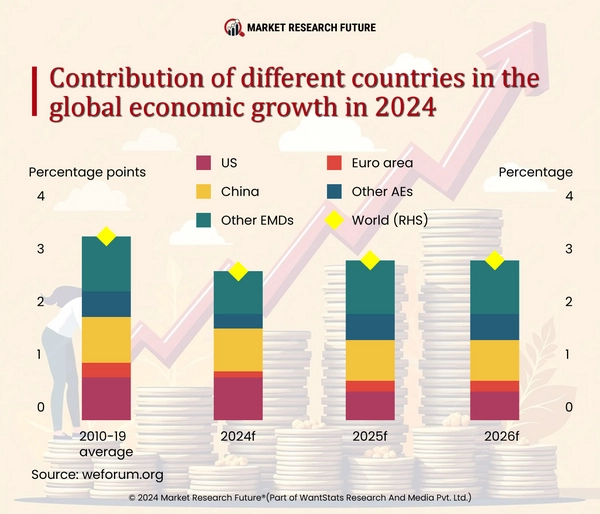




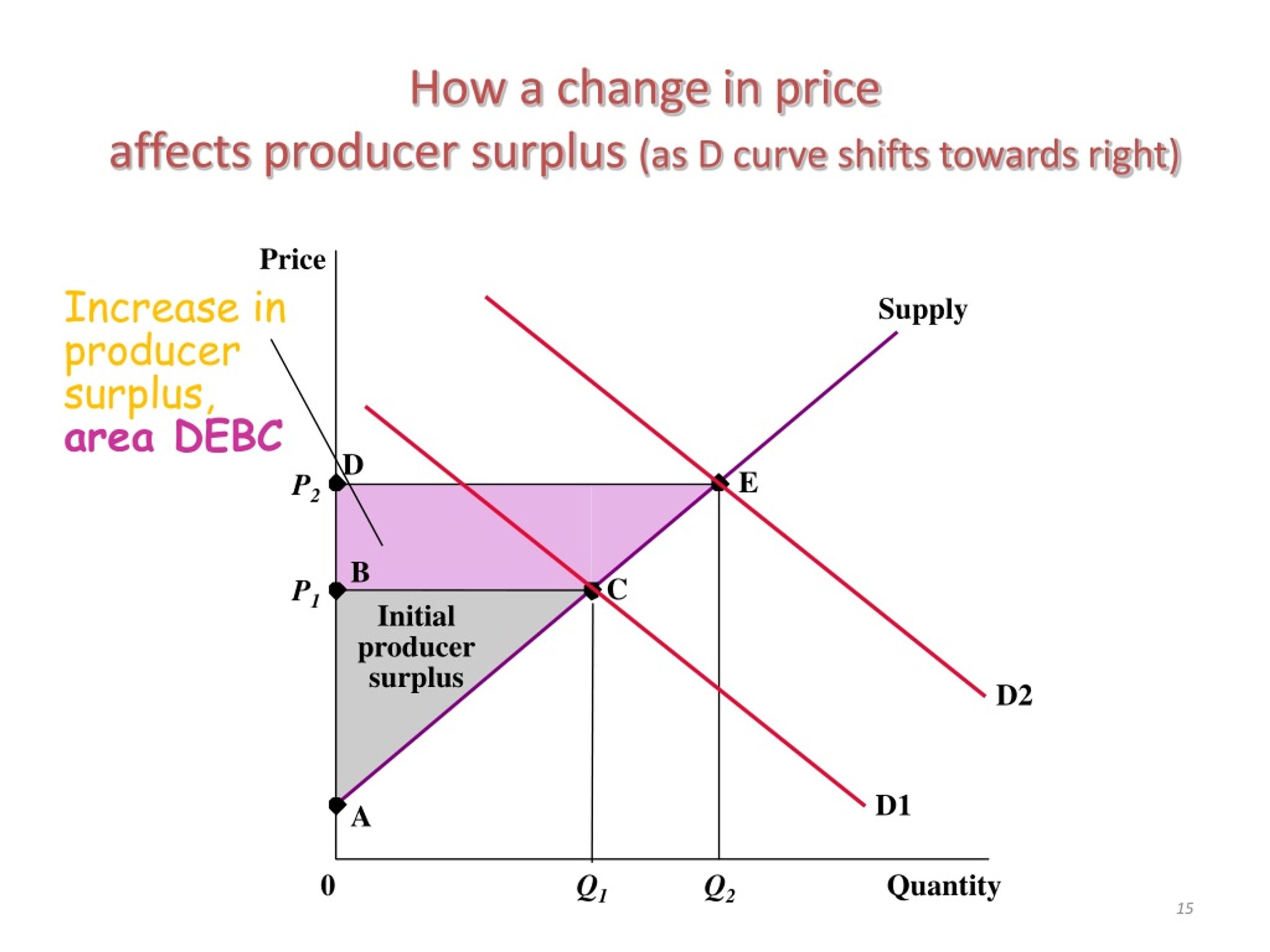

:max_bytes(150000):strip_icc()/mass-production.asp_FINAL-d9dca7ce76b746e683bf4dd893d57d31.png)


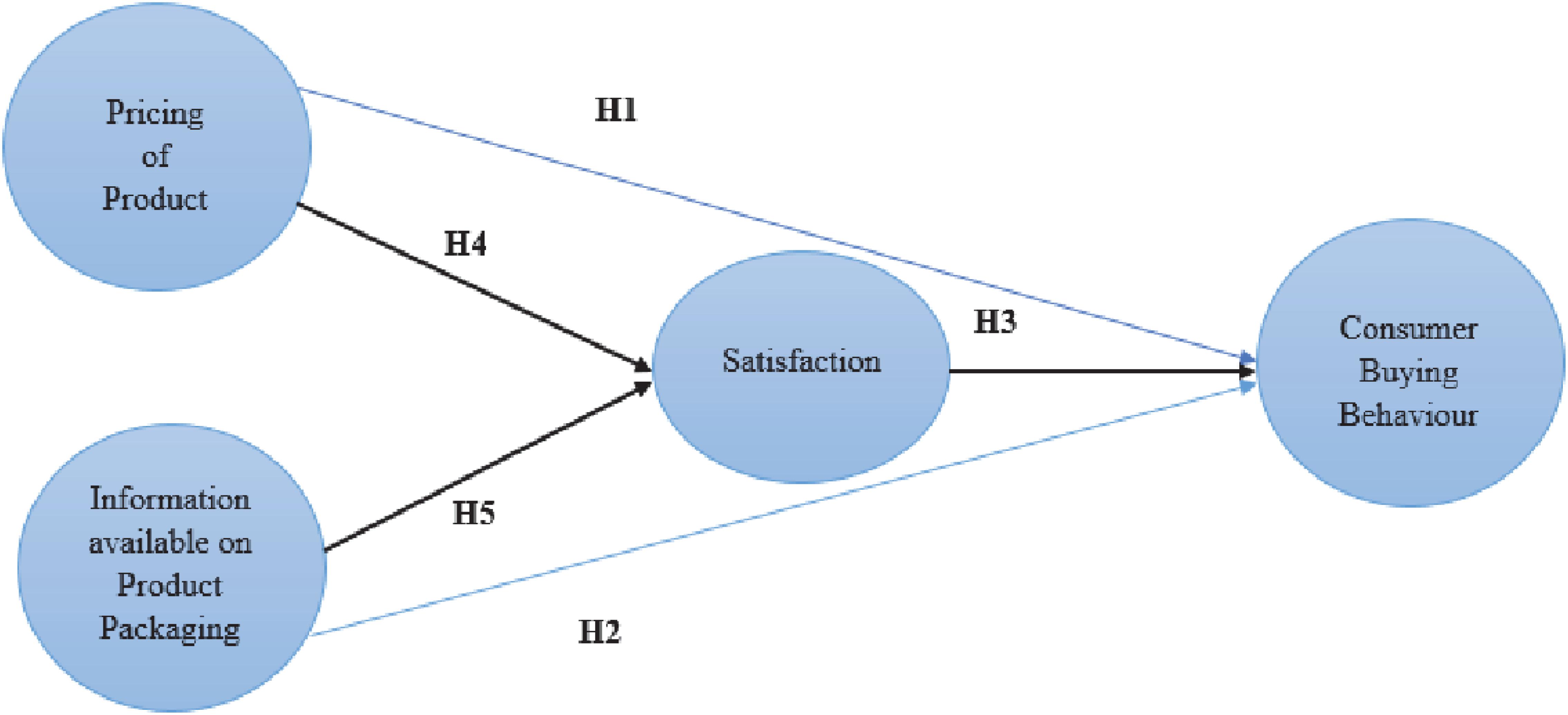
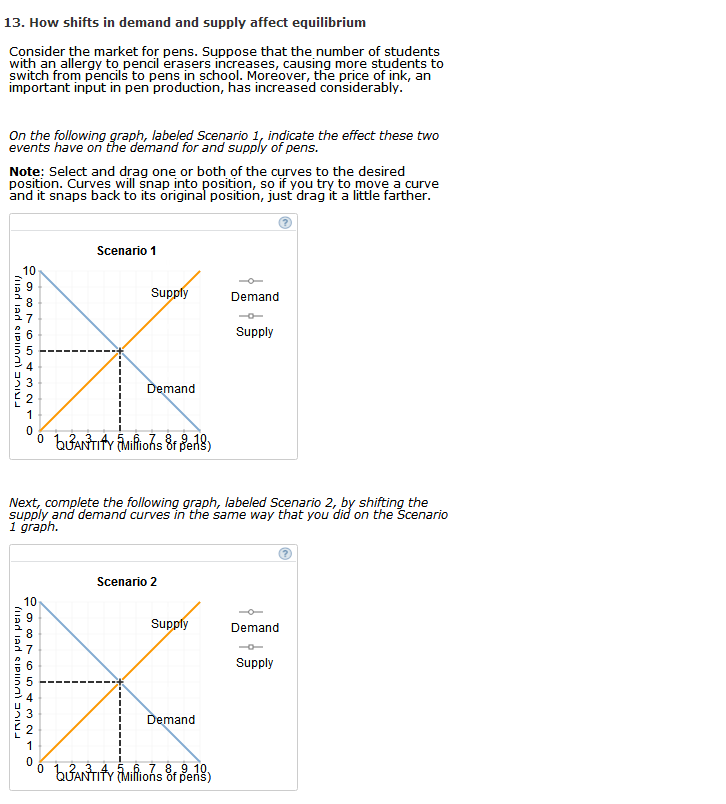
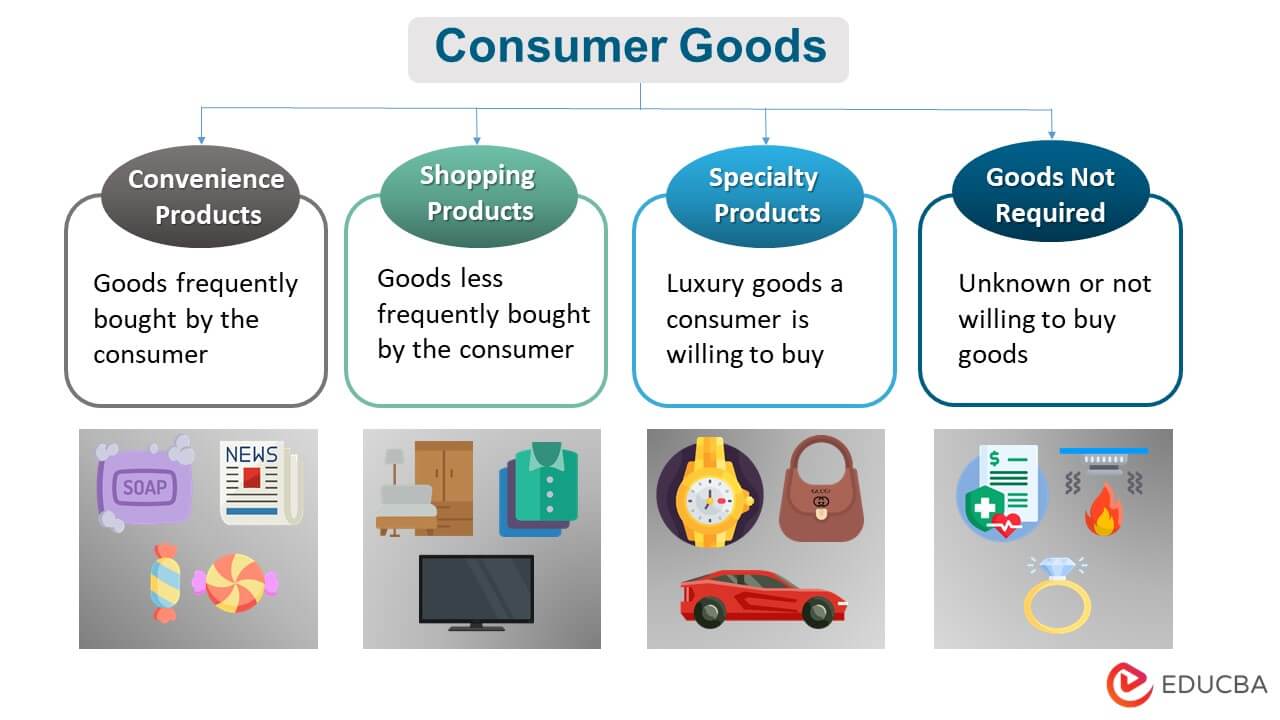
:max_bytes(150000):strip_icc()/shift-in-demand-curve-when-price-doesn-t-matter-3305720-FINAL-608506c917464079966e19934ccda395.jpg)
